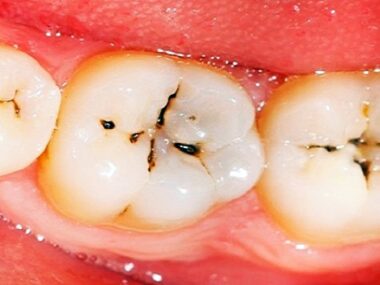Tobacco is a plant native to the Americas, primarily grown for its leaves, which are dried and fermented for various purposes, including smoking and chewing.
Tobacco is consumed in various forms, primarily as cigarettes, cigars, and smokeless tobacco products like snuff and chewing tobacco. It is one of the most widely used addictive substances worldwide.
History

- Tobacco has a long history, dating back thousands of years. Indigenous people in the Americas used tobacco in religious ceremonies and for medicinal purposes long before the arrival of Europeans.
- Christopher Columbus is credited with introducing tobacco to Europe after he voyages to the New World in the late 15th century.
- The smoking of tobacco, particularly in the form of cigarettes, gained popularity in the 19th and 20th centuries.
Health Effects
- Smoking tobacco is a leading cause of preventable death and disease worldwide. It is linked to numerous health problems, including:
- Lung cancer
- Cardiovascular diseases
- Chronic obstructive pulmonary disease (COPD)
- Stroke
- Various other cancers (mouth, throat, pancreas, bladder, etc.)
- Respiratory issues and infections
- Smokeless tobacco products are associated with oral and esophageal cancers and can lead to dental problems and gum disease.
- Exposure to secondhand smoke is harmful to non-smokers, increasing their risk of health problems.
Addiction
- Tobacco is highly addictive due to the presence of nicotine, a naturally occurring stimulant in the tobacco plant.
- Nicotine addiction can make quitting smoking or using smokeless tobacco products challenging.
Control and Prevention
- Governments and public health organizations around the world have initiated various measures to control and reduce tobacco use. These include:
- Taxes and price increases to make tobacco products less affordable.
- Public smoking bans in indoor and outdoor areas.
- Graphic warning labels on cigarette packages.
- Anti-smoking campaigns and education programs.
- Support and resources for smoking cessation.
- The World Health Organization (WHO) Framework Convention on Tobacco Control (FCTC) is an international treaty aimed at reducing tobacco-related harm through global tobacco control measures.
Alternative Products
- To combat the health risks of traditional tobacco products, alternative products have emerged:
- E-cigarettes (vaping): These electronic devices heat a liquid that contains nicotine, creating an aerosol for inhalation. The long-term health effects of e-cigarettes are still being studied.
- Heat-not-burn tobacco products: These devices heat tobacco without burning it, reducing exposure to some harmful chemicals compared to traditional smoking.
Environmental Impact
- Tobacco cultivation and production have significant environmental impacts, including deforestation, water use, and the use of harmful pesticides and chemicals.
- Tobacco litter (cigarette butts) is a major source of pollution in urban areas and poses hazards to wildlife.
Global Perspective
- Tobacco use remains a major global health challenge, with millions of deaths attributed to its consumption each year.
- Efforts to control and reduce tobacco use vary by country and region, with some making substantial progress in tobacco control, while others continue to face challenges in curbing its use.
In summary, tobacco is a widely consumed product with significant health risks and impacts on individuals and society.
Efforts to reduce tobacco use have been ongoing for decades, with a focus on public health policies and smoking cessation programs.
Public awareness and understanding of the health risks associated with tobacco use are crucial for reducing its consumption and its associated harm.










